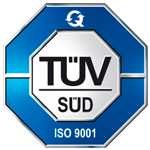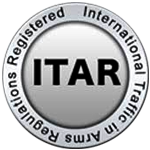Exploring Cnc Cutting Trends for Global Buyers in 2025
As we look ahead to 2025, the landscape of CNC cutting is poised for transformative growth, driven by technological advancements and an ever-expanding global market. According to a recent report by MarketsandMarkets, the CNC cutting market is expected to reach USD 7.8 billion by 2025, growing at a CAGR of 5.48% from 2020. This growth can be attributed to the increasing demand for precision in manufacturing across various industries, including aerospace, automotive, and electronics, where CNC cutting plays a pivotal role. The integration of automation and the rise of smart manufacturing are further enhancing the efficiency and precision of CNC cutting processes, making it a critical area of exploration for global buyers.
In addition to technological innovations, the CNC cutting sector is witnessing shifts in supply chain dynamics as companies seek to adopt more sustainable practices. A report from Grand View Research highlights that the increasing focus on eco-friendly materials and processes is impacting buyer preferences globally. As manufacturers adapt to these changes, CNC cutting operations are evolving to meet the high standards for quality and sustainability that modern consumers demand. This blog aims to delve into the emerging trends and innovations in CNC cutting, providing insights that will help global buyers navigate their purchasing decisions effectively in 2025.
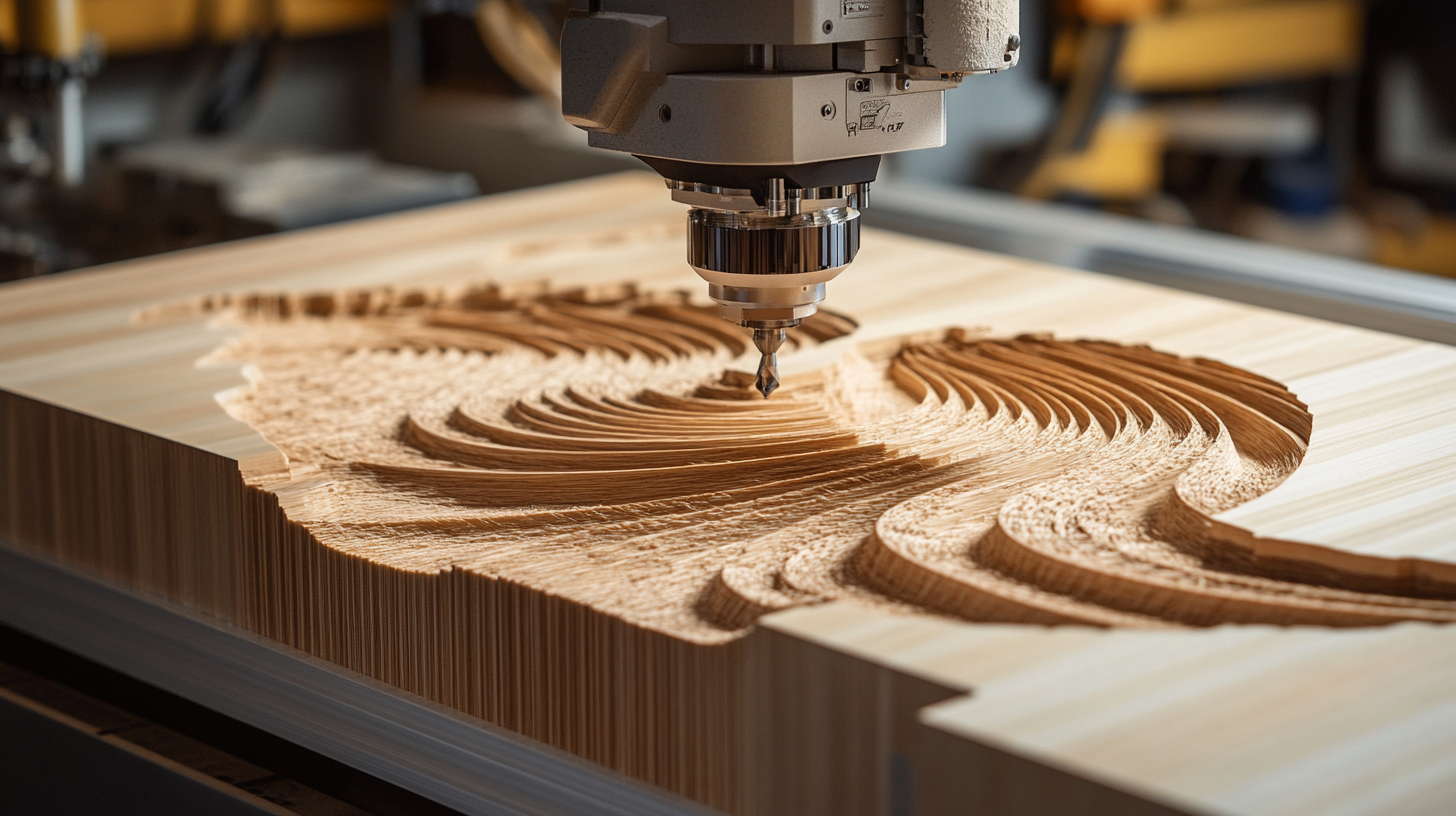
Current Market Analysis of CNC Cutting Technology and Global Demand Forecast for 2025
As we venture into 2025, the CNC cutting technology landscape promises significant growth and transformation, driven by rising global demand. The market for CNC cutting machines is projected to reach an impressive USD 11,671.4 billion by 2032, reflecting an increased emphasis on precision and automation in the manufacturing processes. This surge in demand highlights the industry's response to the need for higher efficiency in metal and material fabrication. Alongside the CNC domain, other segments such as the global plasma cutting machine market are also witnessing promising growth. With projections estimating a rise from $646.2 million in 2023 to $841.4 million by 2030, the market's expansion is indicative of evolving applications and advancements in cutting technology. As these tools become more sophisticated, manufacturers are expected to reap the benefits of enhanced capabilities, setting new standards for productivity and accuracy. The laser cutting machines market, in particular, is set to evolve significantly over the next decade. Expected to expand at a CAGR of 6.5% from 2025 to 2034, this segment illustrates a clear trend towards the adoption of laser technologies in various manufacturing domains. As industries increasingly look to capitalize on the benefits of laser cutting for intricate designs and faster production times, this trend suggests a burgeoning opportunity for global buyers in the coming years.
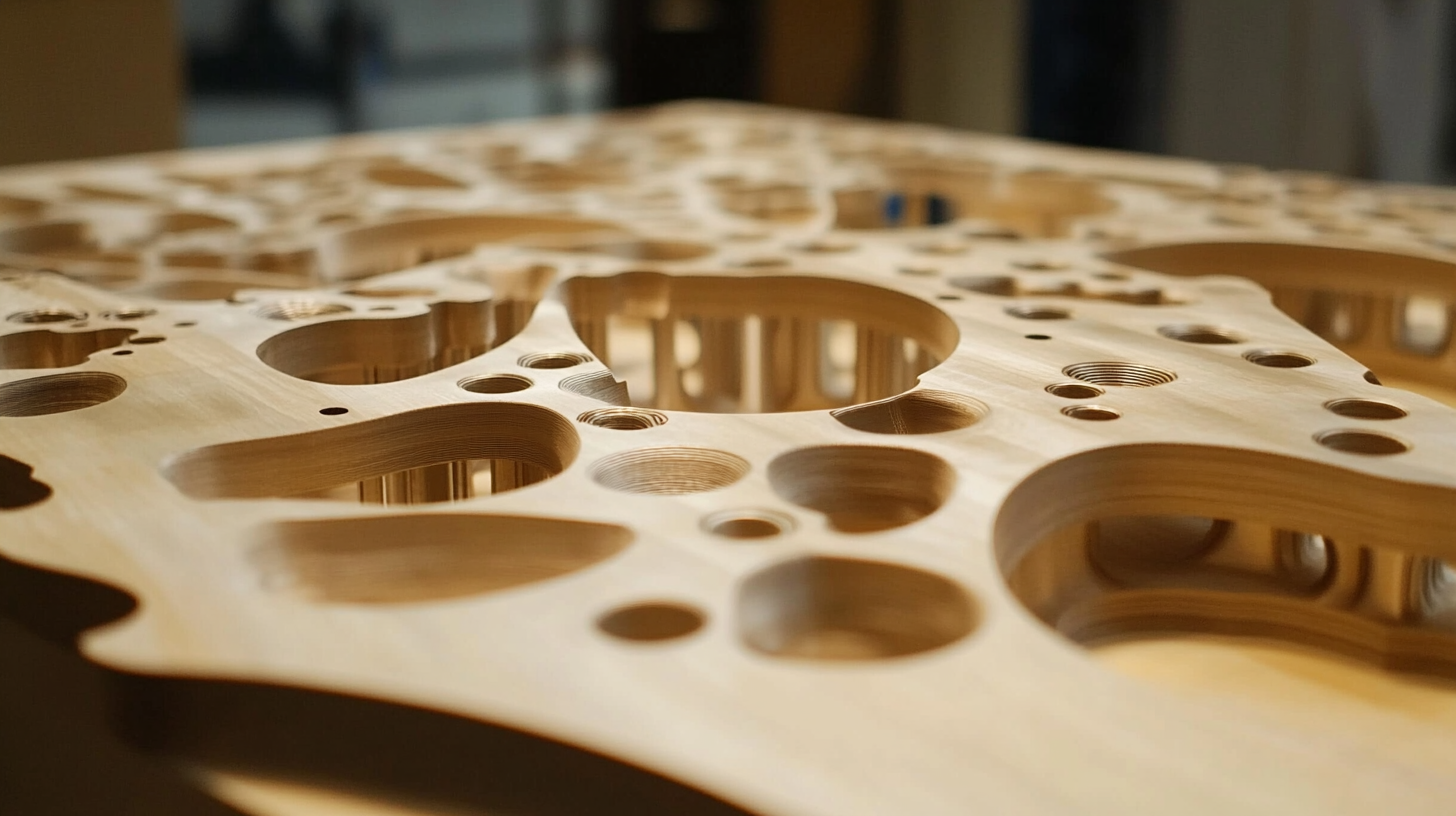
Impact of Material Advancements on CNC Cutting Efficiency and Precision Trends
As we move towards 2025, the CNC cutting industry is poised for transformative changes, largely driven by advancements in material technology. The introduction of new composites and high-strength alloys has significantly influenced the efficiency and precision of CNC cutting processes. These innovative materials not only enhance the durability and longevity of machined parts but also allow for more intricate designs, which were previously unfeasible with conventional materials.
The impact of these material advancements extends to the tools used in CNC machining. New cutting tools made from innovative materials like ceramic and polycrystalline diamond boast superior hardness and thermal stability. This improvement enables manufacturers to achieve higher cutting speeds and feed rates, thereby increasing productivity while reducing wear and tear on equipment. As a result, global buyers are increasingly focused on sourcing CNC machines that can effectively work with these advanced materials to maximize operational efficiency.
Moreover, the integration of smart technologies into CNC cutting processes is set to redefine precision in this sector. With advancements in sensors and data analytics, manufacturers can monitor machining processes in real-time, enabling immediate adjustments to parameters as needed. This level of control not only minimizes errors but also optimizes the cutting path, ensuring the highest level of accuracy in the final products. As buyers look for CNC solutions in 2025, those that prioritize interoperability with these cutting-edge materials and technologies will likely lead the market.

Sustainability in CNC Cutting: Eco-Friendly Materials and Practices for 2025
As we move towards 2025, sustainability stands at the forefront of CNC cutting practices. The integration of eco-friendly materials and methods is crucial for reducing the environmental footprint of manufacturing processes. One promising approach is the adoption of biodegradable composites and recyclable metals, which not only lower toxic emissions but also facilitate a circular economy. This shift not only aligns with global sustainability goals but also appeals to environmentally conscious consumers and businesses alike.
Moreover, advancements in technology are redefining how CNC cutting is performed. The exploration of process optimization approaches, such as the novel hybrid decision-making systems used in electrical discharge machining (EDM), is paramount. These innovations seek to minimize hazardous waste and emissions, directly addressing the concerns of health risks for operators while enhancing operational efficiency. By prioritizing sustainable practices in CNC cutting, manufacturers can ensure a healthier workplace and promote a more responsible manufacturing landscape.
In conclusion, the movement towards sustainable CNC cutting practices in 2025 is not merely a trend but a necessity. With a focus on eco-friendly materials and innovative technologies, the industry can significantly contribute to environmental preservation while meeting the demands of a growing global market. Sustainable practices in CNC cutting not only boost productivity but also pave the way for a greener future in manufacturing.
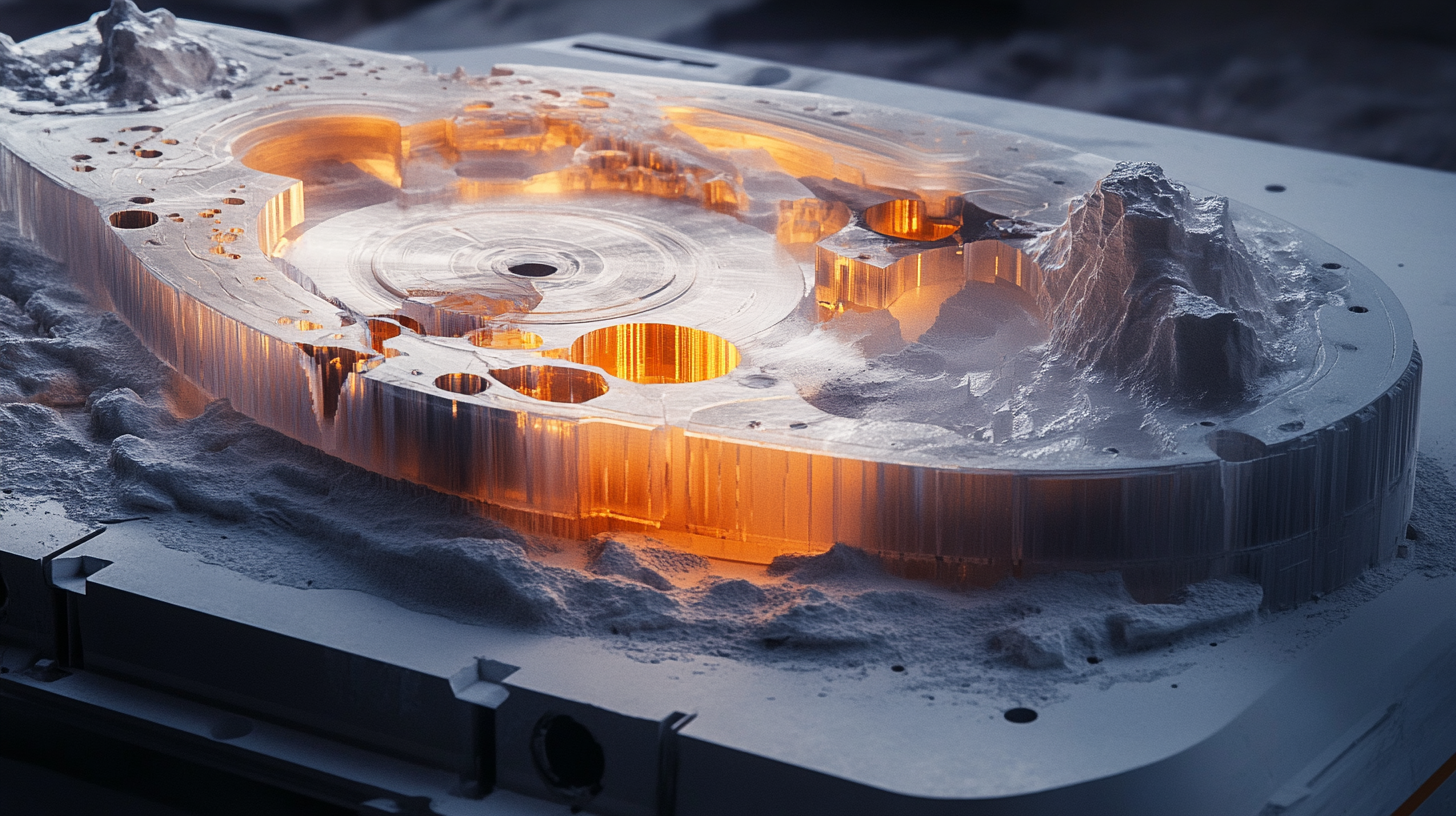
Emerging CNC Cutting Technologies: Automation and AI Integration in Manufacturing
As we approach 2025, the integration of automation and artificial intelligence (AI) in CNC cutting technologies is set to revolutionize the manufacturing landscape. The advancements in AI-driven algorithms allow for more precise cutting processes, significantly reducing material waste. By leveraging machine learning, manufacturers can now analyze production data in real-time, optimizing the cutting paths and techniques to enhance efficiency. This capability not only boosts productivity but also minimizes the environmental impact of manufacturing operations.
Moreover, automation is transforming traditional CNC cutting operations by introducing smart machinery that can adapt to varying workloads and materials. These automated systems are equipped with sensors that provide continuous feedback, enabling machines to perform self-diagnosis and predictive maintenance. This ensures minimal downtime and maintains a steady production rate, which is essential for meeting the demands of global buyers. Manufacturers who embrace these technologies will not only increase their competitive edge but also ensure a seamless production process that aligns with the dynamic requirements of the market.
The trend towards integrating AI and automation in CNC cutting is also paving the way for greater customization. Today's buyers seek unique designs and specifications, which can be challenging to achieve through traditional methods. However, with the use of advanced software capabilities and automated tools, manufacturers can quickly adapt to changing consumer preferences. This level of flexibility allows companies to offer bespoke solutions tailored to individual client needs, further enhancing their value proposition in an increasingly globalized marketplace.
Regional Trends in CNC Cutting Markets: Opportunities and Challenges for Global Buyers
In the rapidly evolving landscape of CNC cutting technologies, global buyers must stay attuned to regional trends that present both opportunities and challenges. One significant trend is the increasing adoption of automation and smart technologies in CNC cutting processes. Regions such as North America and Europe are leading the way, investing heavily in advanced machinery that enhances precision and efficiency. For buyers, this shift means access to superior products and services but also a higher barrier to entry due to the associated costs of advanced technology.
Conversely, emerging markets in Asia-Pacific are witnessing a surge in demand for CNC cutting services fueled by industrial growth and manufacturing expansion. These regions provide unique opportunities for global buyers looking for cost-effective sourcing options. However, navigating the regulatory landscapes and quality control issues can pose challenges. Buyers must foster relationships with local suppliers who understand the intricacies of the market, ensuring compliance with international standards while capitalizing on the price advantages these regions offer.
As we look towards 2025, the dynamics within the CNC cutting markets will continue to shift. Buyers need to develop a multifaceted strategy that accounts for technological advancements in more developed regions while also tapping into the growth potential of emerging markets. The ability to adapt to regional trends will be crucial for success in a highly competitive global landscape.
NORTH EASTON MACHINE • 218 Elm Street • North Easton, MA 02356 • 508-238-6219

